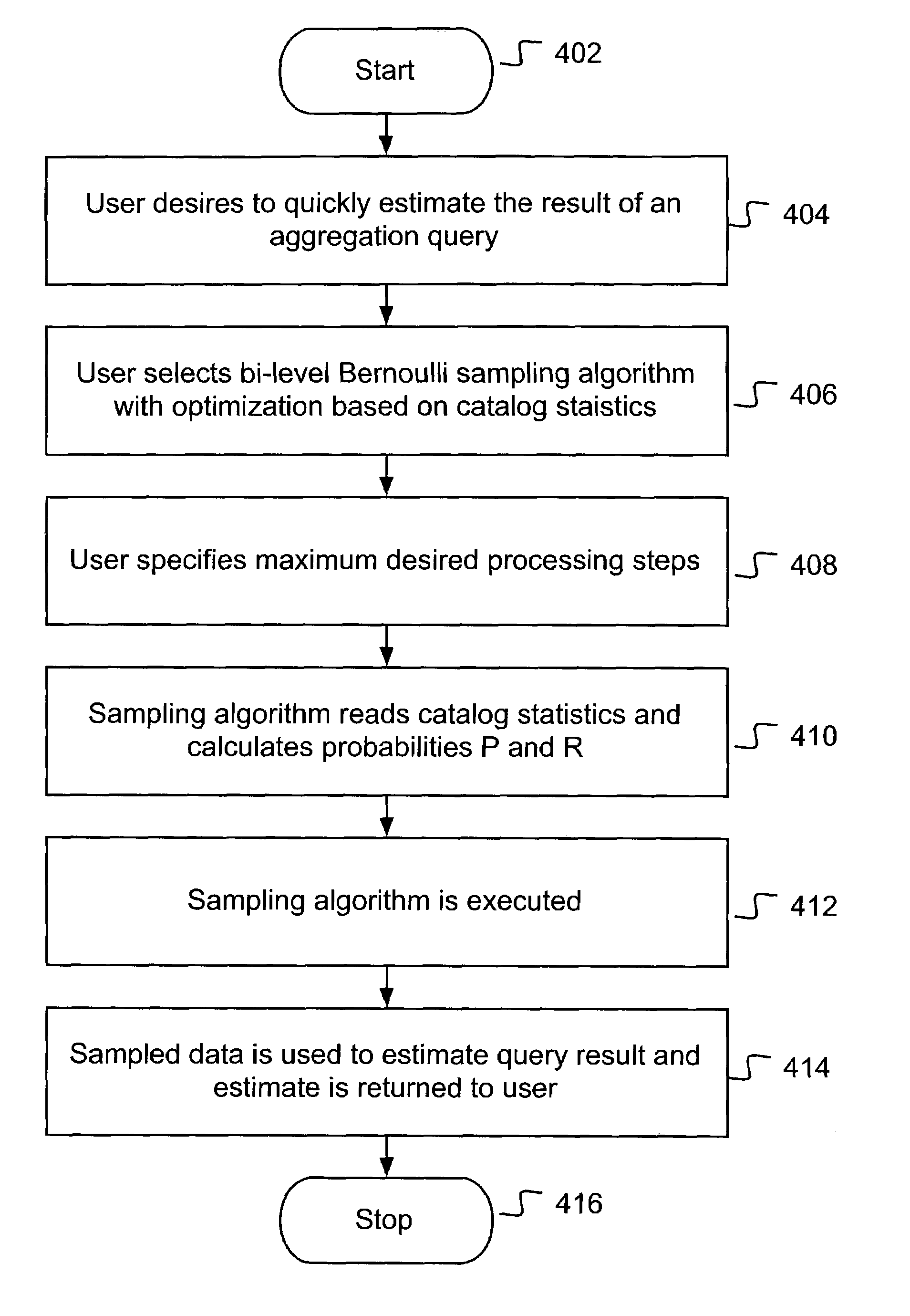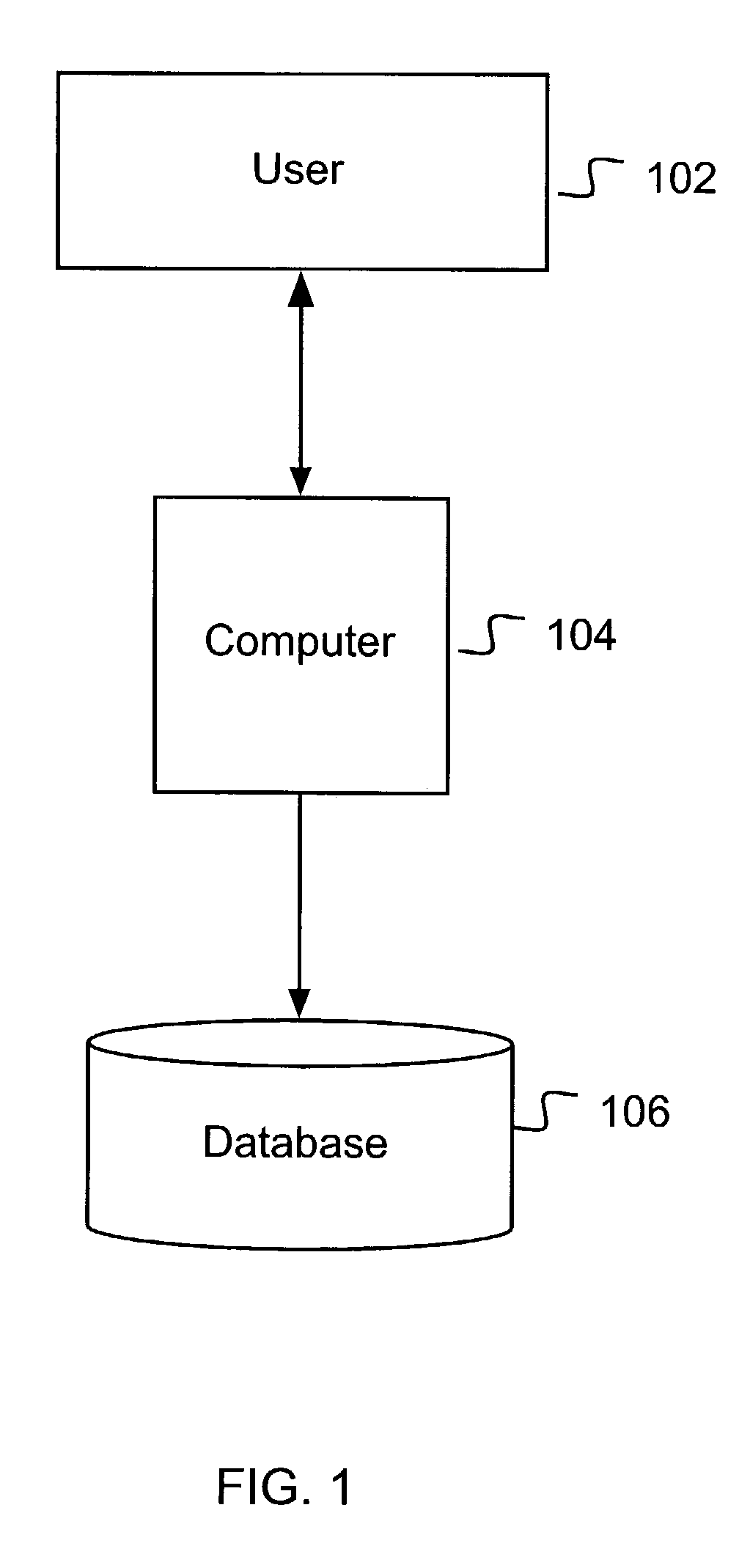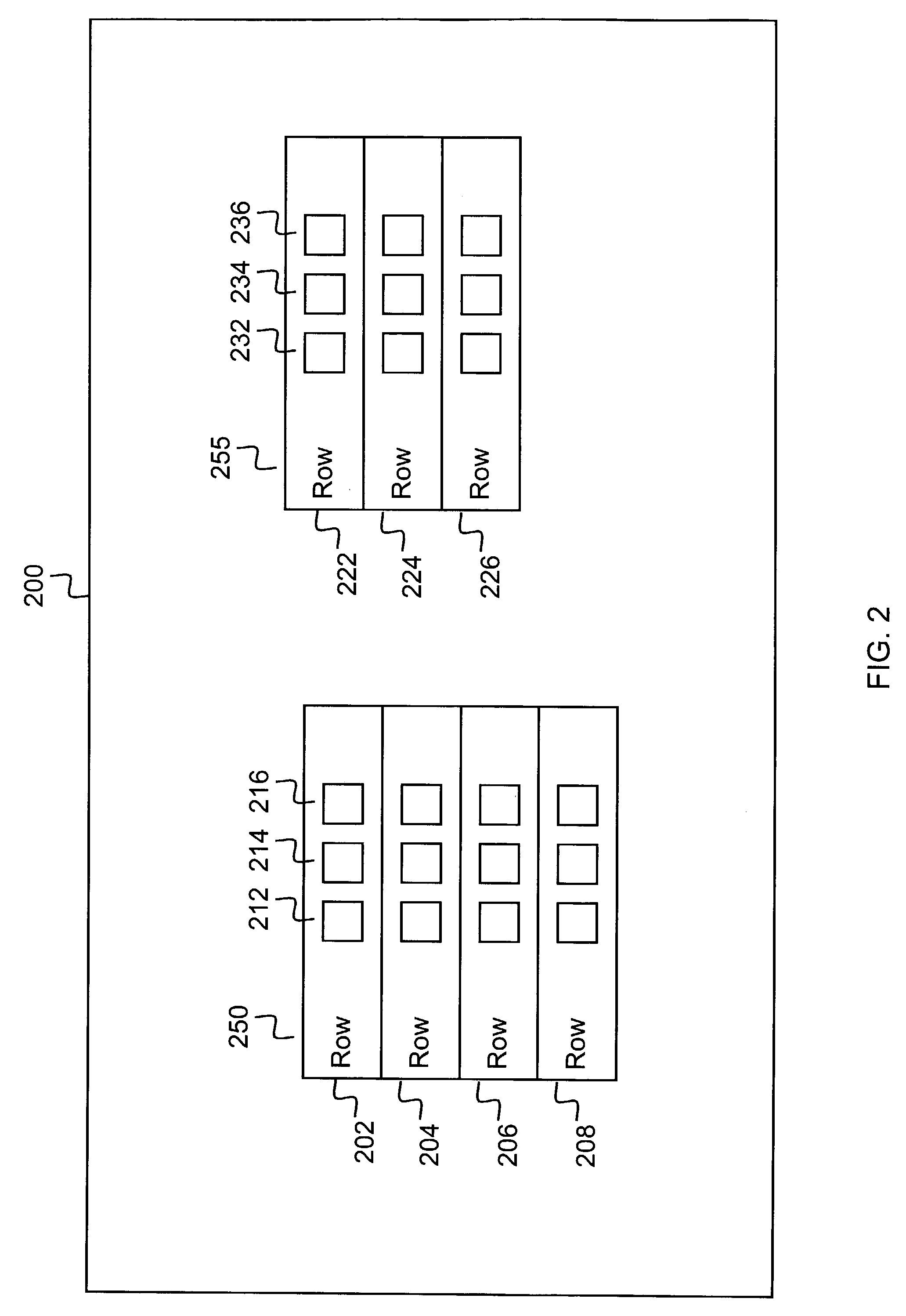Efficient sampling of a relational database
- Summary
- Abstract
- Description
- Claims
- Application Information
AI Technical Summary
Benefits of technology
Problems solved by technology
Method used
Image
Examples
Embodiment Construction
I. Terminology
[0039]To more clearly delineate the present invention, an effort is made throughout the specification to adhere to the following term definitions as consistently as possible.
[0040]The term “SQL” refers to Structured Query Language, which is an industry standard language for creating updating and querying relational database management systems.
[0041]The term “Bernoulli sampling” refers to a sampling technique wherein the probability that each item in a group is chosen for sampling is P, while the probability that each item in a group is not chosen for sampling is 1-P.
[0042]The term “row” refers to a group of data values, conceptually arranged horizontally in columns, as shown in FIG. 2, in a relational database.
[0043]The term “page” refers to a set or group of data values, typically arranged in a file, record or document. A page may be comprised of one or more rows.
[0044]The term “row-level Bernoulli sampling” refers to a Bernoulli sampling technique wherein each row of...
PUM
 Login to View More
Login to View More Abstract
Description
Claims
Application Information
 Login to View More
Login to View More - R&D
- Intellectual Property
- Life Sciences
- Materials
- Tech Scout
- Unparalleled Data Quality
- Higher Quality Content
- 60% Fewer Hallucinations
Browse by: Latest US Patents, China's latest patents, Technical Efficacy Thesaurus, Application Domain, Technology Topic, Popular Technical Reports.
© 2025 PatSnap. All rights reserved.Legal|Privacy policy|Modern Slavery Act Transparency Statement|Sitemap|About US| Contact US: help@patsnap.com



